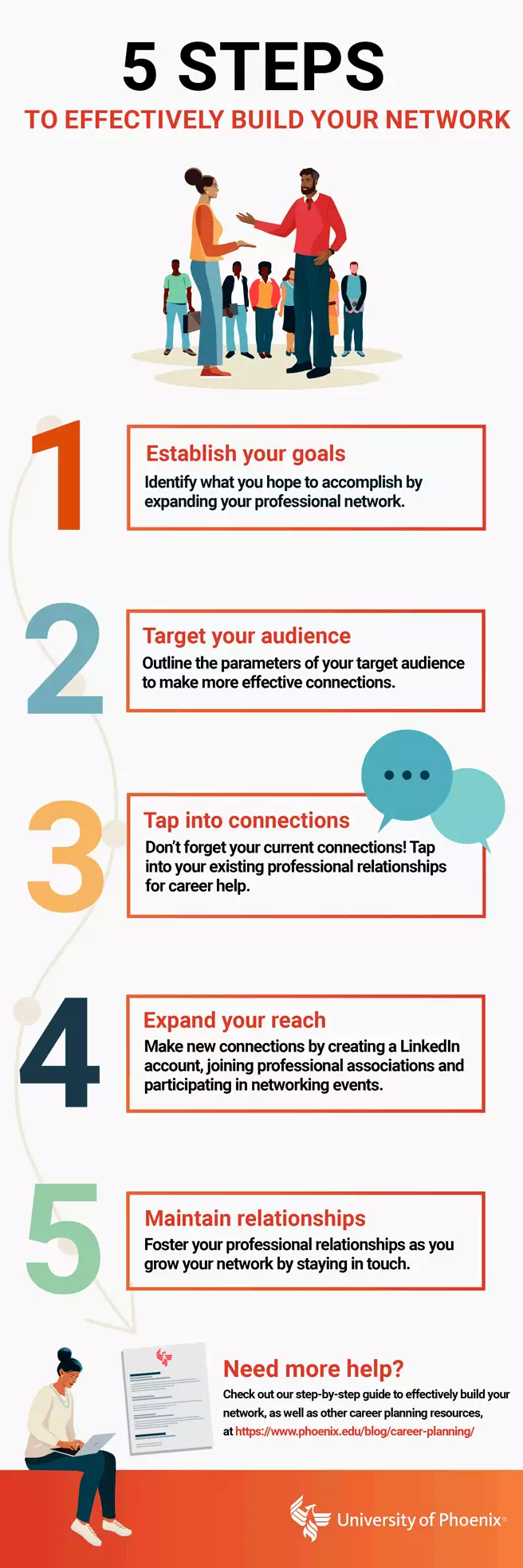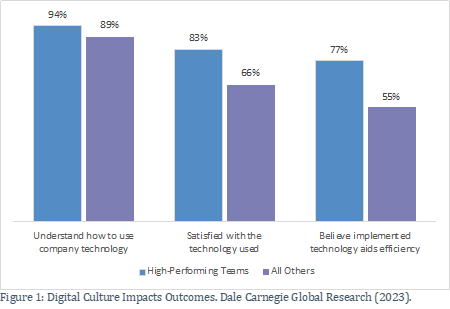The Benefits of Paid Family Leave
Paid family leave is more than a workplace perk—it’s a critical policy for public health, family well-being, and economic resilience. Despite overwhelming research highlighting its long-term benefits, the United States remains one of the only industrialized nations without a national paid family leave policy.
Here are five evidence-based reasons why paid leave isn’t just important—it’s essential.
1. Paid Maternity Leave Saves Lives
One of the most compelling reasons for paid parental leave is its ability to reduce infant and child mortality.
A 2022 study found that California’s mandate for six weeks of paid leave between 2004 and 2008 resulted in an estimated 339 fewer infant deaths compared to states without such mandates. Expanding this policy nationwide could save nearly 1,000 infants annually.
Another analysis of 35 OECD countries showed that paid leave led to:
- 5.2% reduction in neonatal deaths
- 2.4% decrease in infant mortality
- 1.9% drop in mortality of children under five
How does paid leave save lives?
- Reduces risk of complications like low birthweight and early-term birth (37–39 weeks)
- Increases breastfeeding rates, which supports immunity and long-term health
- Improves access to medical care, ensuring infants stay up-to-date on vaccinations and checkups
- Lowers risks of abuse or neglect and helps families stay above the poverty line post-birth
2. Supports Physical and Mental Health of Parents
Paid leave significantly improves maternal health, reducing complications after childbirth and enhancing mental well-being. Research links paid leave with:
- Lower blood pressure
- Healthier body weight
- Reduced pain in mothers after birth
Women with paid leave are 51% less likely to be hospitalized postpartum. Their infants are 47% less likely to be readmitted to the hospital.
Psychologically, paid maternity leave reduces:
- Depression and postpartum anxiety
- Marital stress and conflicts
- Long-term distress and self-esteem issues (especially with leaves shorter than 13 weeks)
The physical and emotional recovery after childbirth shouldn’t be rushed—and paid leave ensures that it’s not.
3. Paid Leave Builds a Stronger Future for Children
The benefits of paid leave don’t end with infancy. They extend into childhood, adolescence, and even adulthood.
Studies show that children whose parents had paid leave are:
- More likely to graduate high school
- More likely to attend college
- More likely to earn higher wages later in life
Paid leave also strengthens parent-child bonding. Parents who take leave report more time spent on enriching activities like reading, playing, and assisting with schoolwork—up to three years post-leave. This early investment can have a compounding effect on development and learning.
4. No Negative Impact on Employers—And Often Positive Ones
Critics often argue that paid leave harms businesses. But the data tells a different story.
A study from California, the first U.S. state to enact paid family leave, found:
- 90% of employers reported no negative impact on productivity, turnover, or morale
- Many reported easier handling of employee absences
- Paid leave reduced turnover, saving businesses money on recruitment and training
Furthermore, employees with access to paid leave are more likely to return to work, boosting retention and long-term performance.
5. Paternity Leave Brings Lasting Benefits to Families
Paid leave for fathers—still underutilized and often overlooked—has its own powerful benefits.
Fathers who take at least two weeks of paternity leave report:
- Stronger emotional bonds with their children
- Better communication and more time spent together
- Long-lasting closeness, even up to nine years later
Benefits to Families:
- Reduced risk of divorce, with positive effects lasting up to six years
- Better co-parenting and shared household responsibilities
- Improved relationship quality between partners
Research also finds that paternity leave encourages fathers to stay involved in childcare beyond infancy, setting a foundation for gender equality and healthier family dynamics.
Bonus Point: Paid Leave Is a National Investment With Global Returns
In countries like Sweden, Norway, and Canada, paid family leave is viewed as an economic strategy, not just a social one.
Global Perspective:
- Countries with robust paid leave policies have higher birth rates, which help balance aging populations and workforce shortages.
- Children raised with paid leave support score higher on international health and education benchmarks.
- These nations see a higher return on investment (ROI) through healthier, more educated, and economically productive citizens.
The Bottom Line: Paid Leave Is a Public Good
The benefits of paid family leave are extensive, well-documented, and long-lasting. It supports the health of infants and parents, strengthens family bonds, and even benefits employers by improving retention and morale. Despite this, millions of American families—especially those in low-income or hourly wage jobs—still lack access to this fundamental right.
What Can You Do?
- Advocate for policies that provide universal paid family leave
- Support organizations like Paid Leave for All
- Talk to your employer or HR department about expanding paid leave benefits
Paid family leave is not a luxury—it’s a necessity. It’s time we made it accessible to everyone.
Would you like a shortened version of this post for LinkedIn, or a graphic summary for Instagram or Pinterest?


